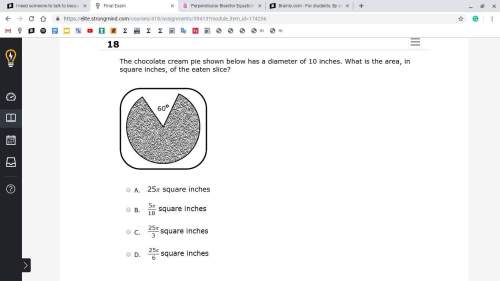
Mathematics, 10.07.2019 08:30 05leslun42715
Let pn denote the vector space of polynomials in the variable x of degree n or less with real coefficients. let d2: p3→p1 be the function that sends a polynomial to its second derivative. that is, d2(p(x))=p′′(x) for all polynomials p(x)∈p3. is d2 a linear transformation?

Answers: 1


Other questions on the subject: Mathematics


Mathematics, 21.06.2019 17:30, margaret1758
Use the distributive law to multiply. 3(4x + 5y + 6)
Answers: 2

Mathematics, 21.06.2019 18:00, amandaclark255
Last year, a state university received 3,560 applications from boys. of those applications, 35 percent were from boys who lived in other states. part a)how many applications did the university receive from boys who lived in other states? part b)applications to the university from boys represented 40percent of all applications. how many applications did the university receive in all? i don't how to do part b so me and plz tell how you got your answer
Answers: 1

Mathematics, 21.06.2019 19:30, Cupcake8189
Which inequality has a dashed boundary line when graphed ?
Answers: 2
You know the right answer?
Let pn denote the vector space of polynomials in the variable x of degree n or less with real coeffi...
Questions in other subjects:



Physics, 23.09.2019 20:20

Mathematics, 23.09.2019 20:20


Mathematics, 23.09.2019 20:20




 is linear if:
is linear if:

 . Let's prove that, for any real number
. Let's prove that, for any real number  ,
,  .
.





